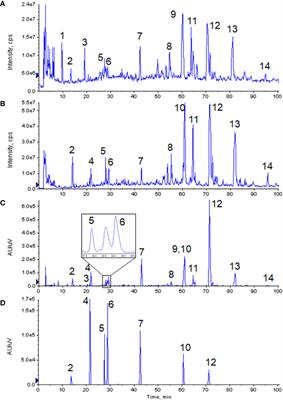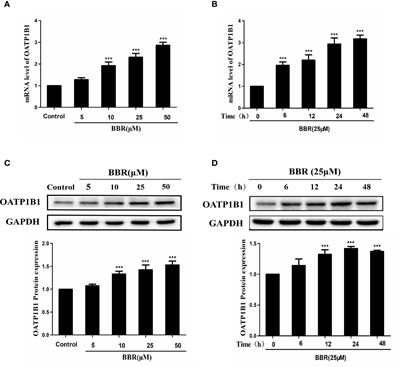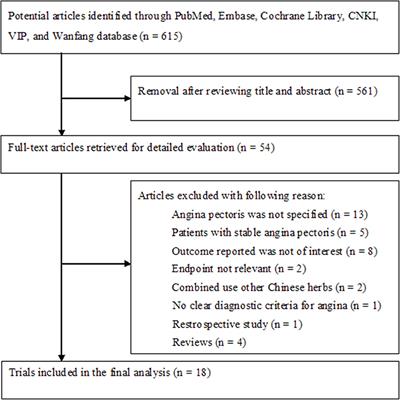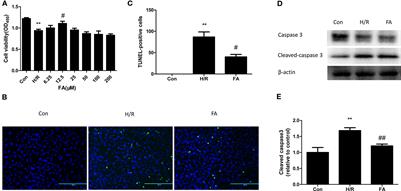ORIGINAL RESEARCH
Published on 13 May 2020
Network Pharmacology-Based Approach Uncovers the Mechanism of GuanXinNing Tablet for Treating Thrombus by MAPKs Signal Pathway

doi 10.3389/fphar.2020.00652
- 4,327 views
- 21 citations
28k
Total downloads
91k
Total views and downloads
You will be redirected to our submission process.
ORIGINAL RESEARCH
Published on 13 May 2020

ORIGINAL RESEARCH
Published on 27 Mar 2020

SYSTEMATIC REVIEW
Published on 10 Mar 2020

ORIGINAL RESEARCH
Published on 06 Mar 2020

ORIGINAL RESEARCH
Published on 25 Feb 2020

ORIGINAL RESEARCH
Published on 31 Jan 2020
ORIGINAL RESEARCH
Published on 09 Jan 2020
SYSTEMATIC REVIEW
Published on 24 Dec 2019
ORIGINAL RESEARCH
Published on 26 Nov 2019
ORIGINAL RESEARCH
Published on 11 Oct 2019
SYSTEMATIC REVIEW
Published on 10 Oct 2019
ORIGINAL RESEARCH
Published on 25 Sep 2019
